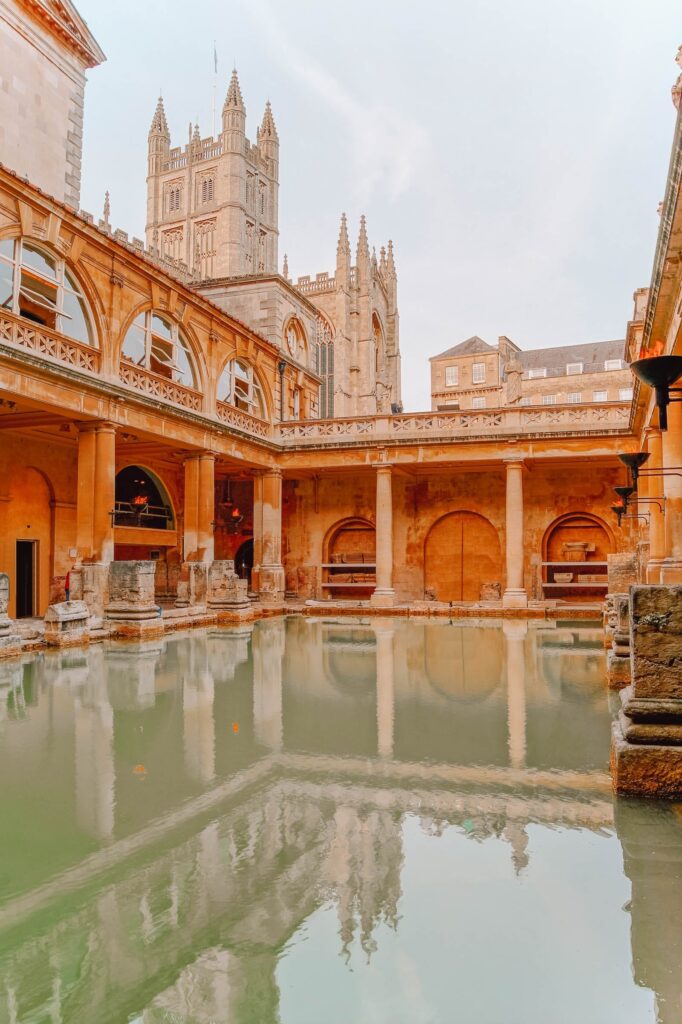The Roman Baths in Bath: A Journey into History
Nestled in the heart of the charming city of Bath, England, the Roman Baths stand as a testament to ancient engineering and cultural heritage. This iconic site offers visitors a unique glimpse into the past, where they can explore the remnants of a sophisticated bathing complex that dates back nearly 2,000 years. Whether you’re a history enthusiast or simply curious about ancient civilizations, the Roman Baths provide a fascinating journey into the world of the Romans.
What to See at the Roman Baths
The Roman Baths are a well-preserved complex that includes several key areas worth exploring. The Great Bath is the centerpiece, an impressive pool filled with steaming thermal water. Surrounded by ancient columns and statues, it offers a striking view of Roman architecture. The Sacred Spring, another highlight, is where the hot water bubbles up from the ground, a natural phenomenon that has been occurring for thousands of years.
Visitors can also explore the Roman Temple, which was dedicated to the goddess Sulis Minerva. The temple’s remains provide insight into the religious practices of the time. The museum within the complex houses a collection of artifacts, including coins, jewelry, and even a famous bronze head of the goddess Minerva, offering a deeper understanding of the people who once frequented these baths.
A Bit of History and Interesting Facts
The Roman Baths were constructed around 70 AD, during the Roman occupation of Britain. The site was chosen for its natural hot springs, which the Romans believed had healing properties. The baths became a social hub, where people gathered not only to bathe but also to socialize and conduct business.
One interesting fact about the Roman Baths is that the water is still supplied by the same natural hot springs that fed the baths in Roman times. The water emerges at a temperature of around 46°C (115°F) and is rich in minerals, which the Romans believed contributed to its healing powers.
The site was rediscovered in the late 19th century, and extensive excavations revealed the remarkable extent of the original complex. Today, the Roman Baths are a UNESCO World Heritage Site, attracting visitors from around the world.
Getting There and Tips for First-Time Visitors
The Roman Baths are conveniently located in the city center of Bath, making them easily accessible by various modes of transportation. If you’re traveling by train, Bath Spa railway station is just a short walk away. For those driving, there are several parking options nearby, although the city can be busy, so public transport is often recommended.
First-time visitors should consider purchasing tickets in advance, especially during peak tourist seasons, to avoid long queues. Audio guides are available in multiple languages, providing an informative and immersive experience as you explore the site. It’s also worth noting that while you can’t bathe in the Roman Baths themselves, the nearby Thermae Bath Spa offers a modern spa experience using the same natural thermal waters.
In summary, the Roman Baths in Bath offer a captivating journey into the past, where visitors can explore ancient architecture, learn about Roman culture, and marvel at the enduring power of natural hot springs. Whether you’re a history buff or simply looking for a unique experience, the Roman Baths are a must-visit destination.








